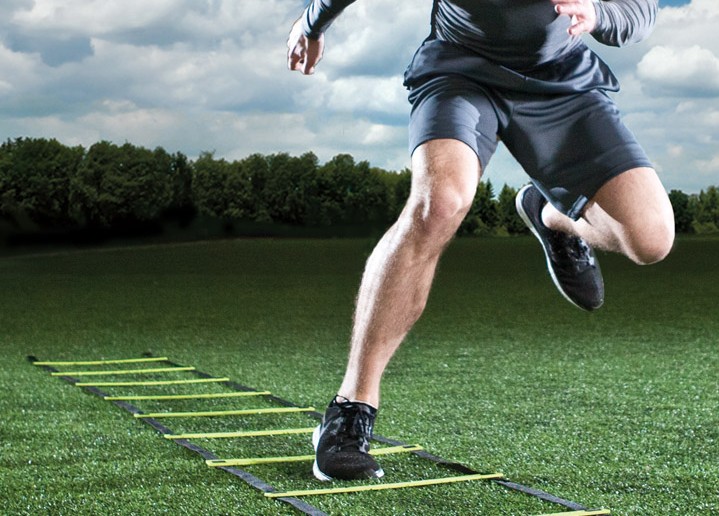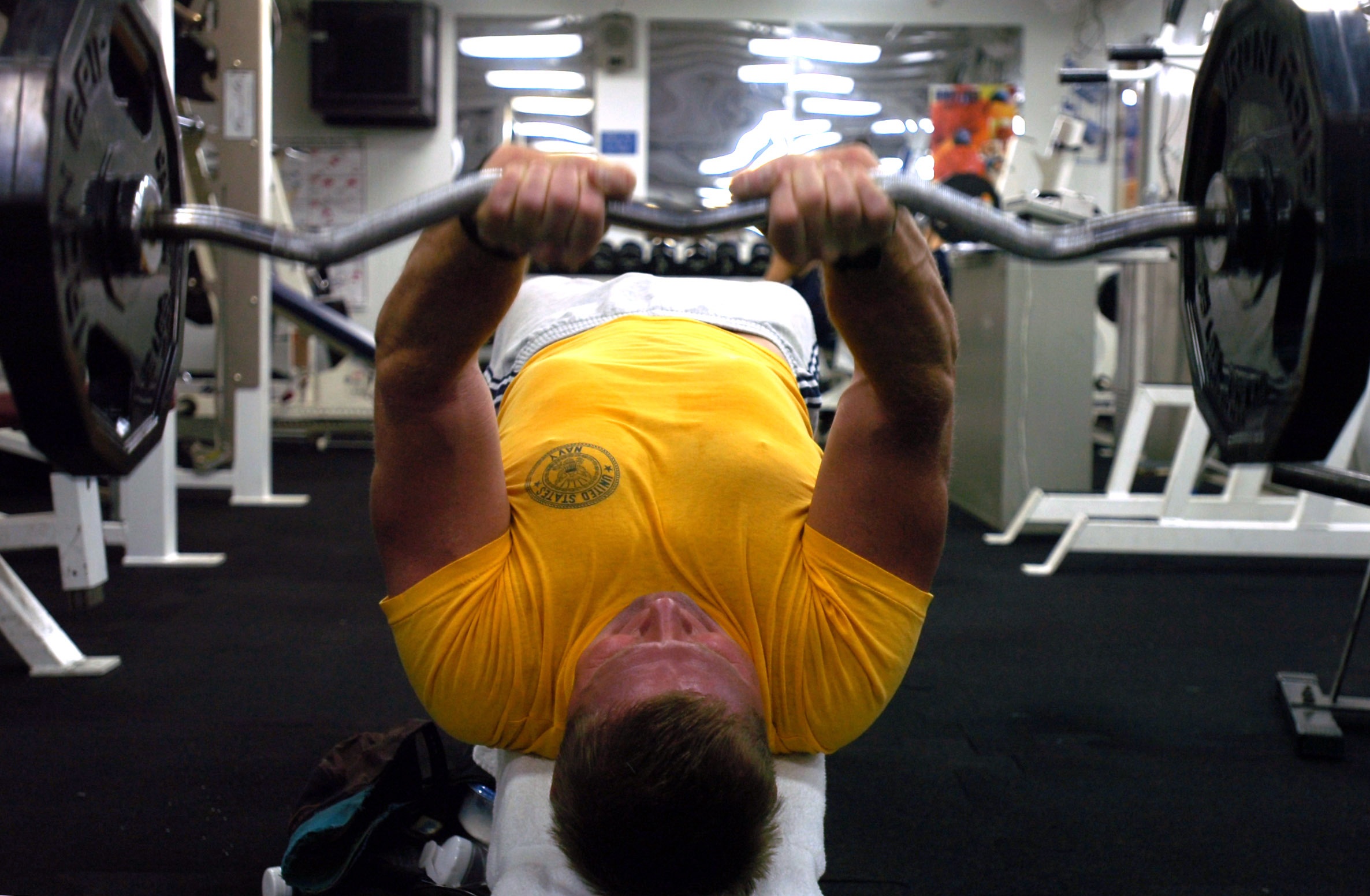Many of us consider the back squat to be the foundational strength training exercise for athletes. It develops practically every muscle below the diaphragm, requires the athlete to exert force against the ground, increases bone strength, and is done standing up. It’s motion resembles the athletic ready position and the vertical jump and their has been a great deal of research over the last thirty years on the muscles it recruits, when it recruits them, and its help improving many athletic performance measures.
Many strength and conditioning coaches have been supplementing the weight room strength training of their athletes with “nontraditional” implements. These tools all provide an added dimension to the all-around development of athletes. These include things like suspension trainers, heavy ropes, kettlebells, tires, and sleds.
Maddigan et al in a 2014 issue of the Journal of Strength and Conditioning Research performed a study comparing the EMG-measured muscle activation of a number of muscles during performance of the back squat and a sled push. In this study, the authors studied a number of resistance-trained men (mean age approximately 25 years old) and initially tested them to determine their 10-repetition maximum (10RM) on the back squat and their 20 step maximum (20SM) on the sled push.
For the study, the participants went through a very precise warm-up before performing their 20SM sled push and their 10RM back squat. The 10-RM load for the study represented an average of 128% of the subjects’ bodyweight, the 20SM load represented an average of 284% of the subjects’ bodyweight.
When these exercises were performed, EMG data was taken for the rectus femoris, biceps femoris, gastrocnemius, and erector spinae. Both exercises were divided into three phases:
- For the sled: mean of the first two steps (phase I), mean of the middle six steps (phase 2), and mean of the last two steps (phase III)
- For the squat: first two repetitions (phase I), middle six repetitions (phase II), and the last two steps (phase III)
Results:
- There were two statistically significant differences in terms of muscle activation. First, the sled had greater gastrocnemius activation across all three phases compared to the back squat. Second, the back squat had greater erector spinae activation across all three phases compared to the sled.
- Second, while not significant, there was a trend towards both the back squat and the sled resulting in increased recruitment of the rectus femoris, gastrocnemius, and erector spinae as the subjects progressed through the phases (i.e. from the first two reps/steps to the last two). Essentially there was no change in biceps femoris recruitment across the phases of either exercise.
Let’s address the second point first. This was not a statistically significant finding. In fact the authors don’t mention it in their study, but it demonstrates rate coding throughout the exercises (i.e. as we get tired, we need to recruit more motor units to be able to continue performing the activity).
The gastrocnemius and erector spinae activity between the two exercises isn’t terribly surprising. What is interesting is the similarities in the rectus femoris and biceps femoris activation between the two activities. The sled push has the benefit of teaching the horizontal application of force. For that reason alone, there are a lot of sports that probably need to have this exercise regularly incorporated. After all, there aren’t a lot of tools that teach the horizontal application.
There are several challenges with using the sled push in a team strength and conditioning program. First, you need enough sleds to keep a significant part of the team busy. If you work one on one with athletes this is easy, if you have 50 that you are working with at once then this is a challenge. Second, you need enough resistance for each of your sleds. This means a long prep and tear down time for practice to carry the weights out to the sleds. Third, in a team setting it’s going to be difficult to individualize each sled. For example, athlete A might push 400 pounds, Athlete B might need 360, Athlete C might push 510, etc. This is a lot of time lost to changing things around, but if it’s not done then we’re not optimally loading the athletes. Finally, using a sled brings up a dilemma (and I don’t have an answer for this). The dilemma is this: when using the sled should an athlete’s sled technique resemble their sprinting technique? If it doesn’t, are we developing bad habits?
Maddigan, M.E., Button, D.C., and Behm, D.G. (2014). Lower-limb and trunk muscle activation with back squats and weighted sled apparatus. Journal of Strength and Conditioning Research, 28(12), 3346-3353.
(Revised 5/22/22)


